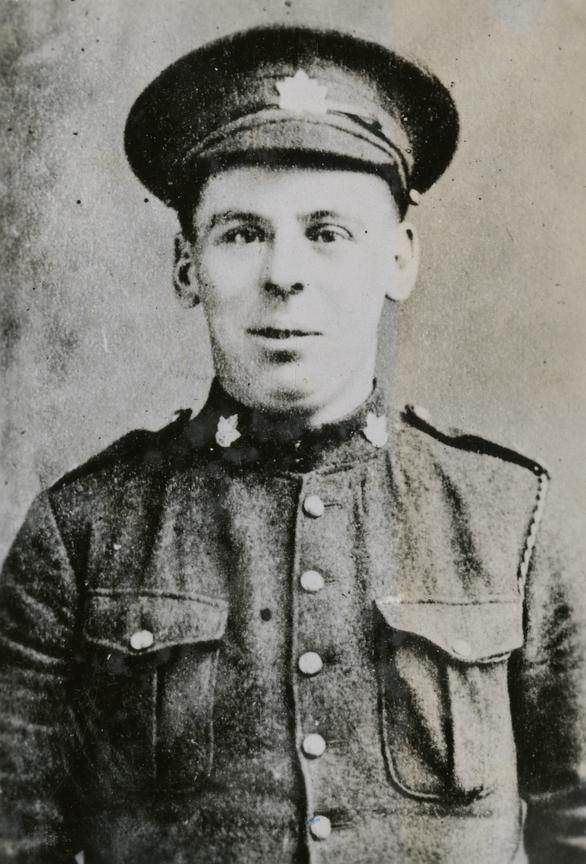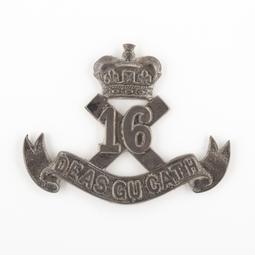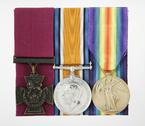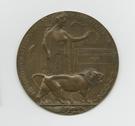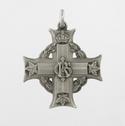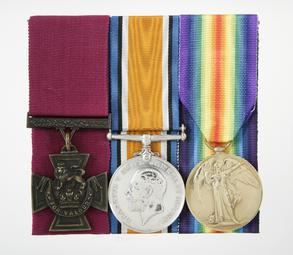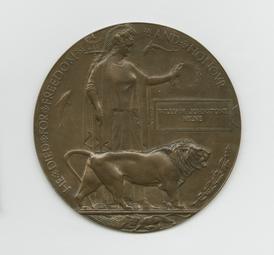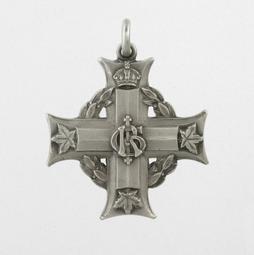Unit
16th Canadian Infantry Battalion (Canadian Scottish)
Branch
Infantry
Service Component
Canadian Expeditionary Force
Service Number
427586
birth
1892/12/21
Cambusnethan, United Kingdom, Scotland
death
1917/04/09
Vimy Ridge, France
grave
Canadian National Vimy Memorial, Vimy Ridge, France
Gender
Male
William Johnstone Milne was born in Cambusnethan, Scotland, on 21 December 1891. He was the third of David and Agnes Milne’s seven children. His father was a carting contractor. Milne immigrated to Canada in 1910.
A farmer, he enlisted in the 46th Canadian Infantry Battalion (South Saskatchewan) in Moose Jaw, Saskatchewan, on 11 September 1915. Shortly after enlisting, Milne embarked for England with his unit on SS Lapland. They left Halifax, Nova Scotia, on 21 October 1915 and disembarked in Davenport on 30 October 1915. Milne was transferred to the 16th Canadian Infantry Battalion (Canadian Scottish) on 16 June 1916. He joined the unit in France four days later. In late November 1916, he was hospitalized, suffering from influenza. He rejoined his unit on 19 December. Milne was killed in action on 9 April 1917 at the Battle of Vimy Ridge. His body was not recovered from the battlefield. He had single-handedly captured two German machine gun positions that had been threatening his unit’s advance. On 8 June 1917, he was posthumously awarded the Victoria Cross for those actions.
William Johnstone Milne is commemorated on the Canadian National Vimy Memorial, on Vimy Ridge, in France.
Victoria Cross
“On approaching the first objective, Pte. Milne observed an enemy machine gun firing on our advancing troops. Crawling on hands and knees, he succeeded in reaching the gun, killing the crew with bombs, and capturing the gun. On the line re-forming, he again located a machine gun in the support line, and stalking the second gun as he had done the first, he succeeded in putting the crew out of action and capturing the gun. His wonderful bravery and resource on these two occasions undoubtedly saved the lives of many of his comrades. Pte. Milne was killed shortly after capturing the second gun.”
– London Gazette, 8 June 1917, Supplement 30122

